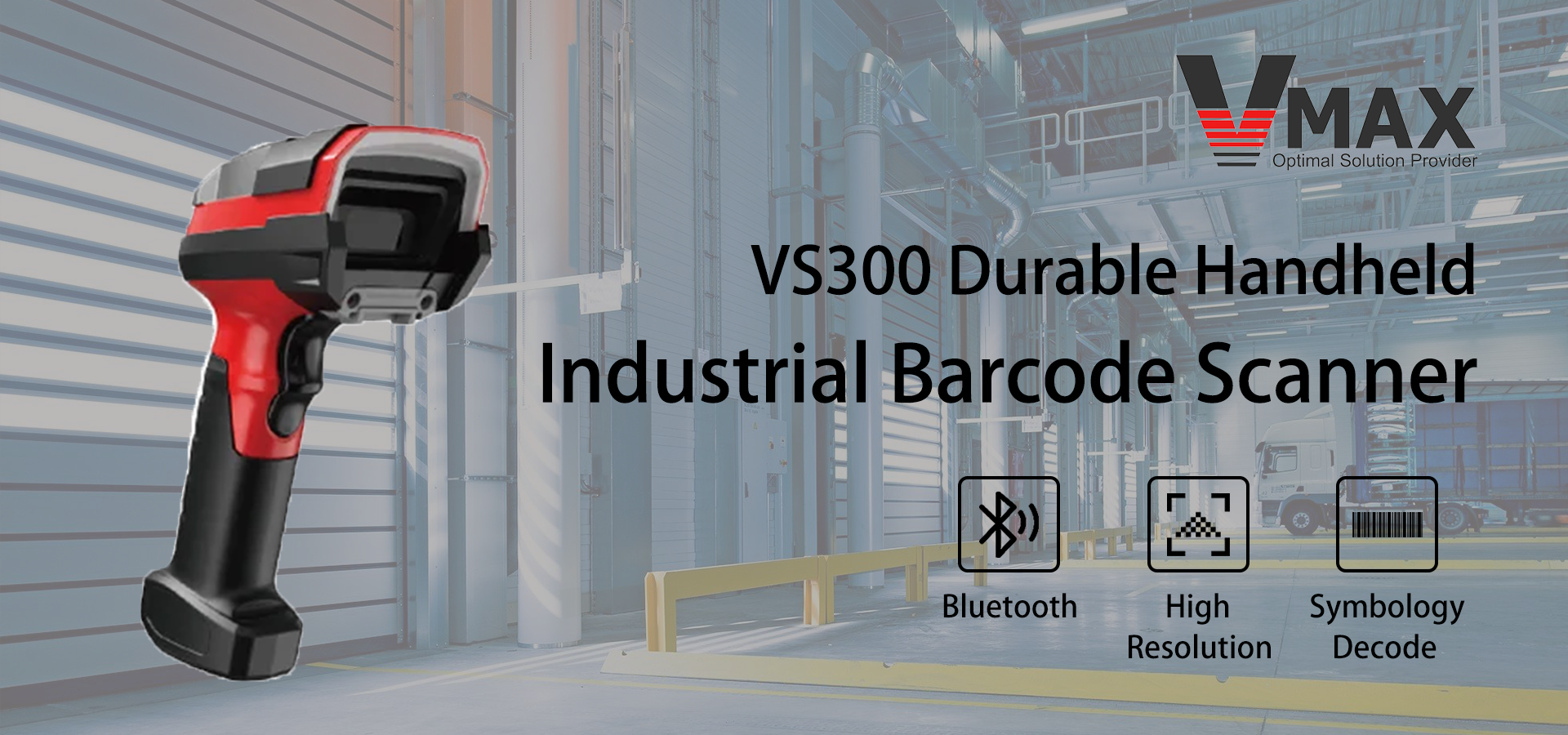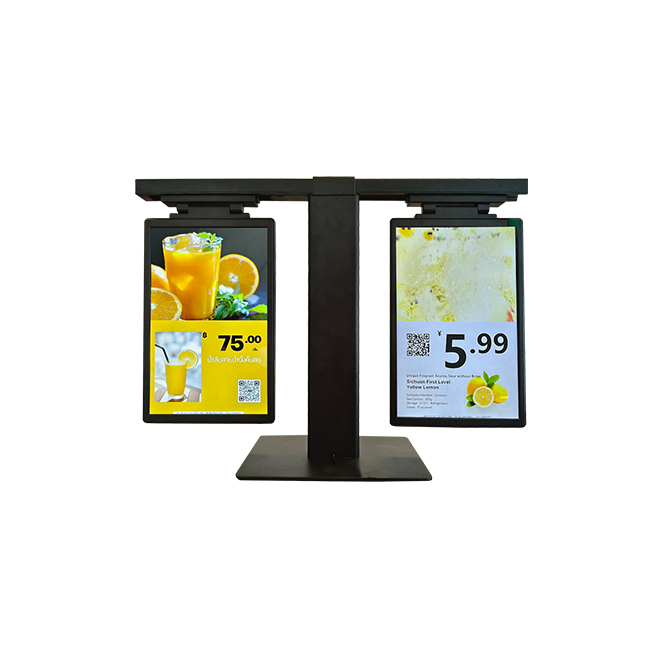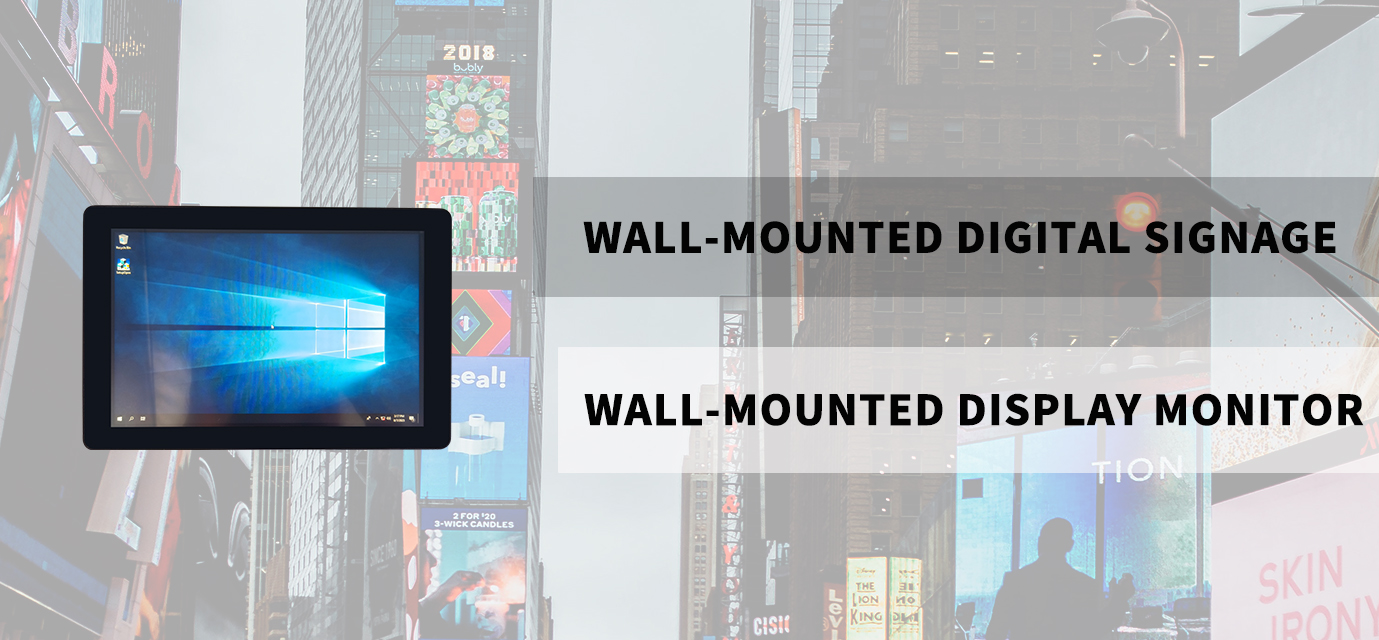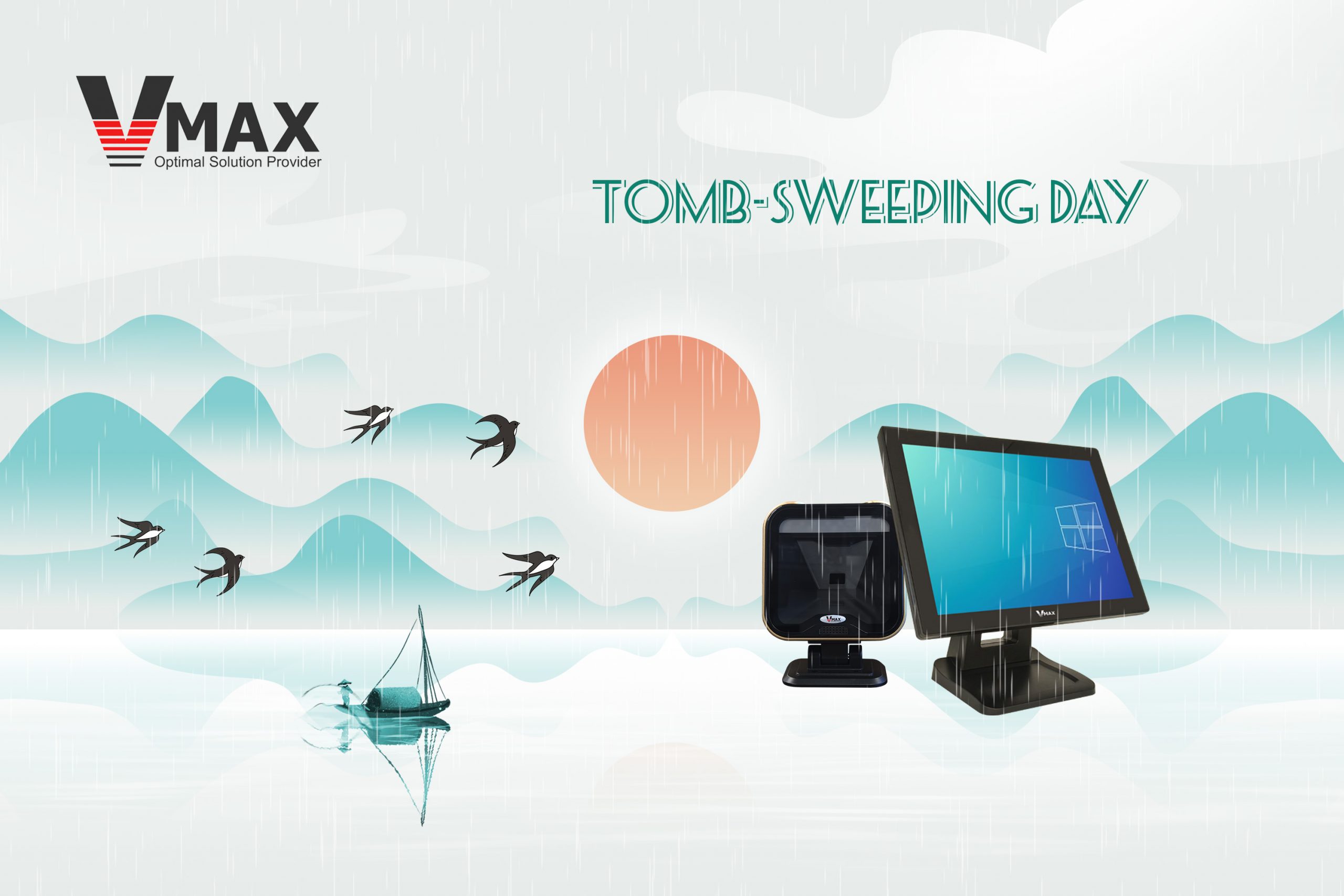RFID (Radio Frequency Identification), NFC (Near Field Communication), and MSR (Magnetic Stripe Reader) are all types of technologies that are frequently employed in POS systems, although they differ in terms of core technology, range, and data storage capacities.
Here’s an overview of their commonalities and differences:
RFID: RFID(Radio Frequency Identification) is equipment that makes use of radio waves to wirelessly communicate data between a reader and an identification tag. RFID tags are composed of a microchip and an antenna. They can be passive (powered by the reader’s electromagnetic field) or active (power source contained). RFID tags are frequently affixed to merchandise or cards in a POS system. Whenever an RFID reader is brought near a tag, it can read the data contained on the tag, including the item’s specifications or payment data. RFID technology has more application possibilities than NFC, enabling faster and more convenient identification of multiple products at the same time.
NFC: NFC is a subset of RFID technology that operates at a shorter range, commonly within a few millimeters. By building a wireless link, it enables two-way transmission among devices such as smartphones or contactless payment cards. NFC is frequently utilized for contactless payment transactions, in which a user taps their NFC-enabled card or smartphone on a reader that supports NFC to start a transaction. NFC technology is centered on RFID standards, but it contains extra security elements and can deal with more complicated interactions, like transmitting information between devices.
MSR (Magnetic Stripe Reader): An MSR, or Magnetic Stripe Reader, is a device that scans the magnetic stripe visible on the back of credit cards, identification documents, and various other similar cards. The magnetic stripe carries information associated with the cardholder and the account that has been encoded. Whenever a card is swiped through an MSR reader, the magnetic information is decoded and transferred to the POS system for processing. MSR technique is not wireless, consequently, a physical connection between the card and the scanning device is required. However, as a result of its affordable price and compatibility with existing card infrastructure, it is frequently utilized.
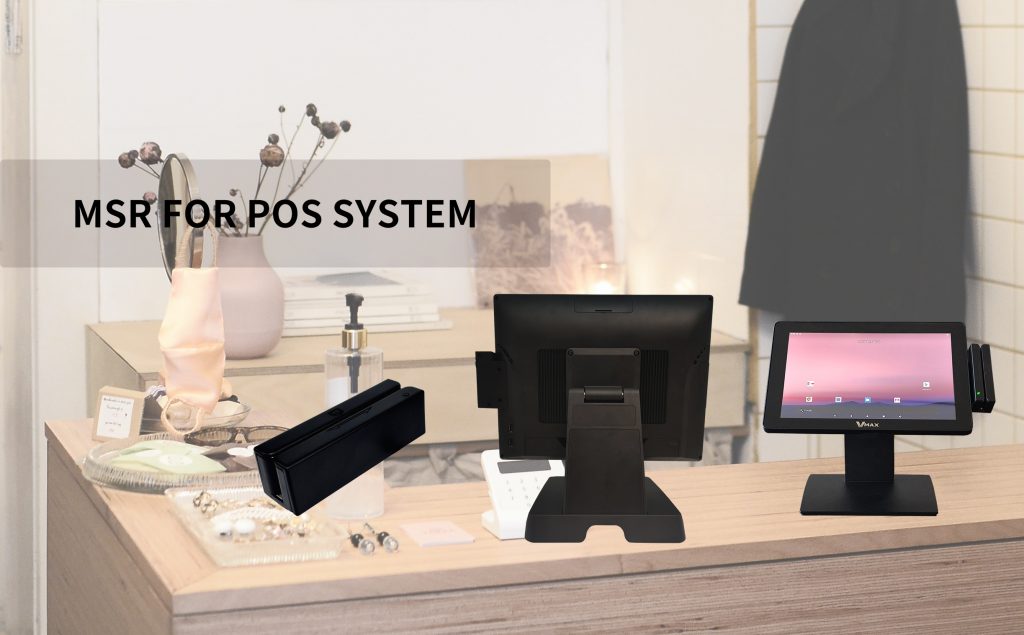
Relationships and Differences:
Technology: RFID and NFC are wireless technologies that transfer information via radio waves, whereas MSR needs physical contact between the card and the reader.
Range: RFID has more possibilities than NFC, enabling faster and more convenient scanning of numerous products at once. NFC has a limited range, commonly within millimeters.
Data Storage: RFID and NFC tags can save greater quantities of information than a magnetic stripe on an MSR card. RFID and NFC tags can store product information, unique identifications, along with encrypted payment information.
Interactivity: NFC allows two-way communication across devices, which permits more complicated interactions beyond fundamental information exchanges. It allows machines to collaborate with data or undertake transactions, like mobile payments.
Compatibility: The MSR technique is extensively used and supported by most current card systems. To function effectively, RFID and NFC necessitate appropriate readers and tags.
Although each of the three technologies serves a role in POS systems, RFID and NFC are wireless methods with more sophisticated characteristics like longer distances, information storage capabilities, and interactive features, while MSR relies on physical contact and is commonly utilized due to their ease of integration with the current card infrastructure.
If you’re looking to enhance a Point of Sale (POS) system, it’s important to highlight the features and benefits that set your POS system apart from others on the market.

